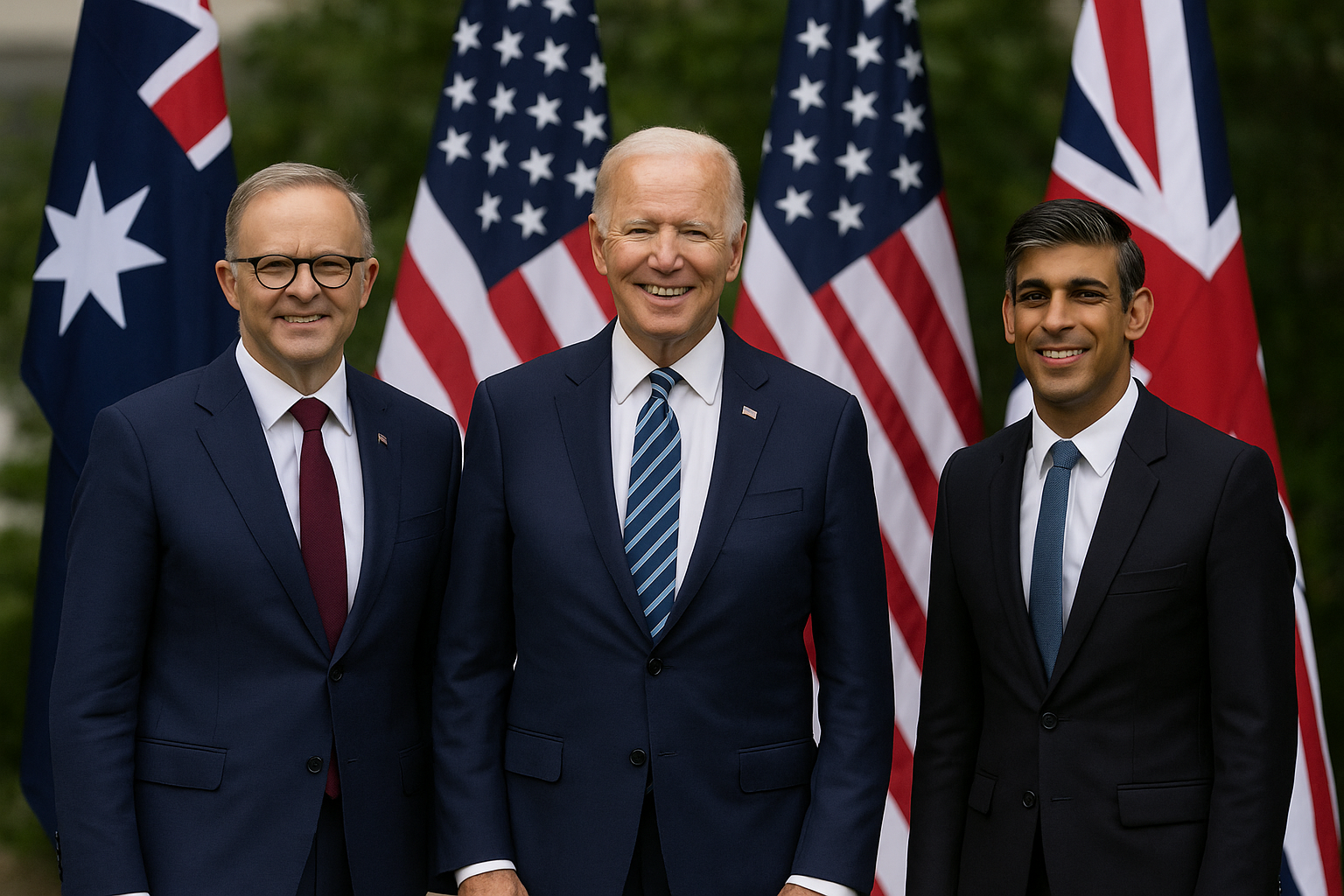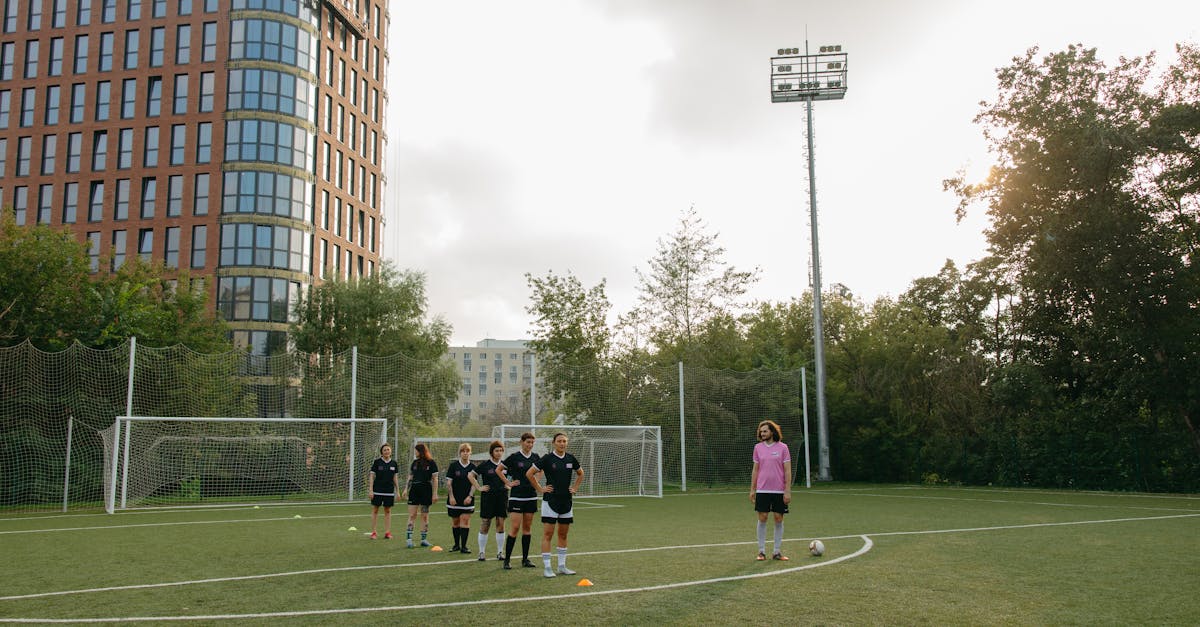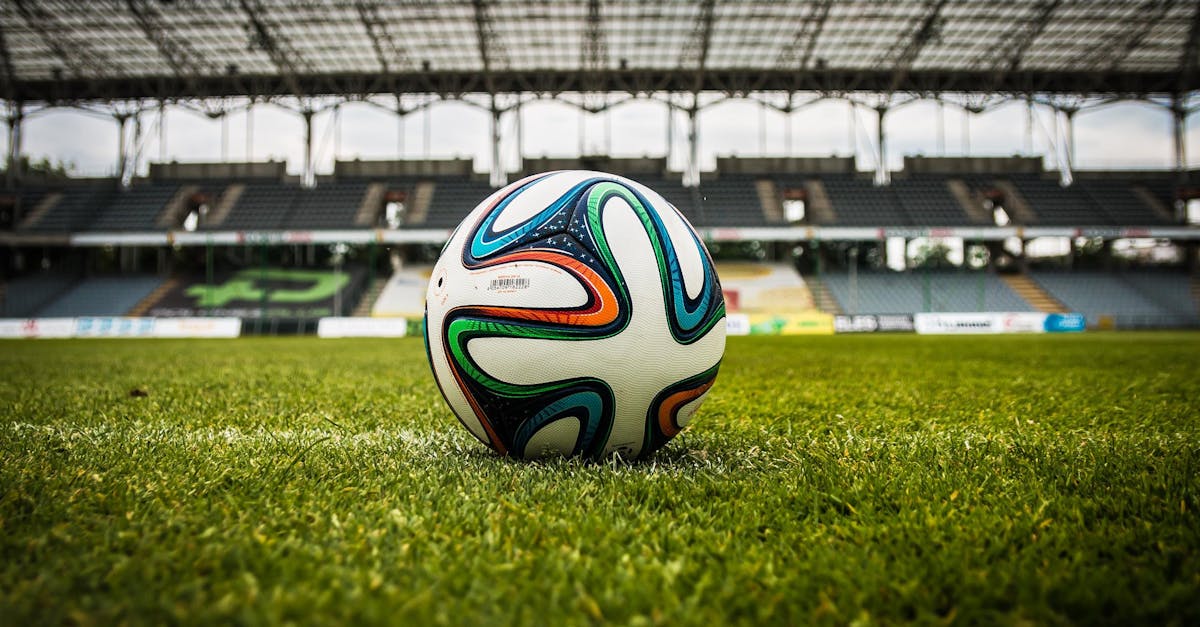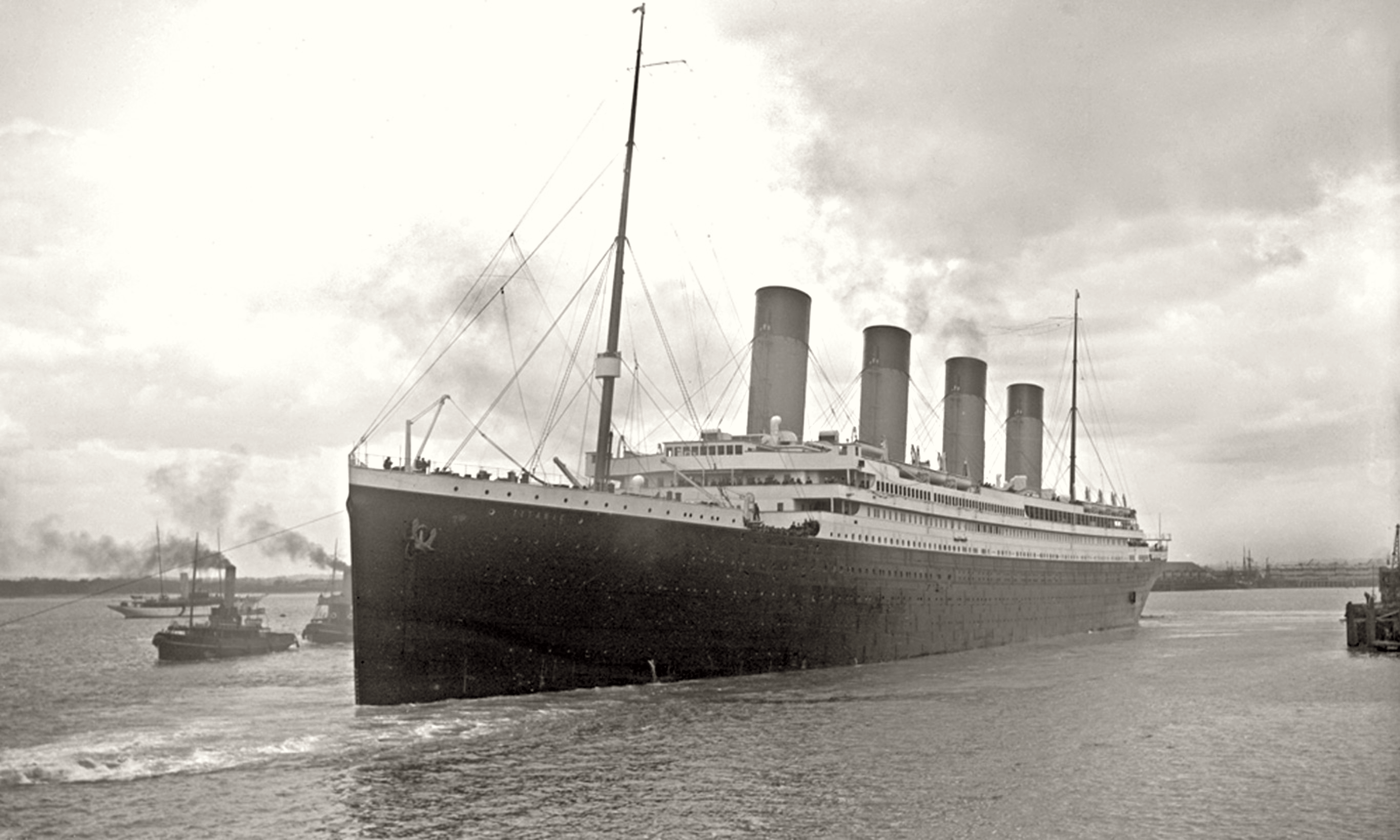10 Weird Facts About the 2026 FIFA World Cup (Held in North America)
The anticipation for the 2026 FIFA World Cup is palpable, as it marks a historic moment in football history. Set to be hosted across three North American countries—Canada, the United States, and Mexico—this tournament promises to be a spectacle of unprecedented scale. With 48 teams competing, it will be the largest World Cup ever, featuring new formats and breaking geographical barriers. As preparations ramp up, intriguing and unusual facts about this event are emerging, offering a unique glimpse into what fans and players alike can expect. From innovative stadium designs to cultural festivities, the 2026 World Cup is shaping up to be not just a sporting event, but a global celebration of diversity and unity.
The Tri-Nation Hosting Marvel

For the first time in World Cup history, three countries will share the hosting duties, creating a logistical marvel that defies traditional tournament setups. This tri-nation hosting arrangement will see matches spread across 16 cities, with each country bringing its own flavor and football culture to the event. The United States will host the majority of the matches, offering a diverse range of venues from coast to coast, while Canada and Mexico will each host a smaller but equally significant portion. This unprecedented collaboration not only highlights the unity among these nations but also poses a fascinating challenge in terms of coordination and transportation for teams and fans alike.
The Largest World Cup Yet

The 2026 World Cup will be the first to feature 48 teams, expanding from the traditional 32-team format. This increase allows for more countries to participate, broadening the scope of competition and inclusivity. The tournament will consist of 80 matches, compared to the previous 64, providing more opportunities for fans to witness their favorite teams in action. This expansion is designed to enhance global representation in the sport, allowing emerging football nations to showcase their talents on the world stage. However, this change also requires significant adjustments in scheduling and venue management, making it a logistical feat of unprecedented scale.
Innovative Stadium Designs

The stadiums selected for the 2026 World Cup are not only architectural marvels but also incorporate cutting-edge technology and sustainability measures. Venues like the Mercedes-Benz Stadium in Atlanta boast retractable roofs and state-of-the-art facilities, while others like the Estadio Azteca in Mexico City are steeped in football history. Many of these stadiums have been retrofitted with eco-friendly features such as solar panels and rainwater harvesting systems, aligning with global sustainability goals. This blend of innovation and tradition creates an exciting atmosphere for fans, offering a glimpse into the future of sports venues while honoring the rich heritage of the game.
Cultural Extravaganza

The 2026 World Cup promises to be more than just a football tournament; it will be a cultural extravaganza celebrating the rich diversity of North America. Each host city plans to showcase its unique cultural identity through festivals, concerts, and art exhibitions. Fans can expect to experience the vibrant music scenes of Nashville, the culinary delights of Mexico City, and the multicultural tapestry of Toronto. These cultural events aim to foster a spirit of unity and inclusivity, allowing fans from around the world to connect beyond the football pitch and experience the diverse cultures that make North America a melting pot of traditions and innovations.
Artificial Intelligence and Technology

The 2026 World Cup will be a showcase of technological advancements, with artificial intelligence playing a significant role in enhancing the fan experience and tournament operations. AI-driven analytics will provide teams with real-time data to optimize strategies, while fans will benefit from personalized experiences through AI-powered apps and virtual reality. Security measures will also be bolstered by AI, ensuring a safe environment for all attendees. These technological innovations not only aim to improve the efficiency of the tournament but also offer fans a more immersive and interactive experience, setting a new standard for future sporting events.
The Environmental Commitment

In an era where environmental consciousness is paramount, the 2026 World Cup is committed to minimizing its ecological footprint. Organizers have pledged to implement sustainable practices across all aspects of the tournament, from waste management to transportation. Initiatives include the use of electric vehicles, the reduction of single-use plastics, and carbon offset programs. These efforts are designed to ensure that the tournament leaves a positive legacy, promoting environmental awareness and responsibility. By prioritizing sustainability, the 2026 World Cup aims to set an example for future events, demonstrating that large-scale sporting events can be both exciting and environmentally friendly.
The Impact on Local Economies

The economic impact of the 2026 World Cup is expected to be significant, with host cities anticipating a boost in tourism, job creation, and infrastructure development. The influx of international visitors will provide a substantial boost to local businesses, from hotels and restaurants to transportation services. Additionally, the investments in stadiums and public infrastructure are expected to have long-term benefits, enhancing the quality of life for residents. However, these economic opportunities also come with challenges, such as managing the increased demand for services and ensuring that the benefits are distributed equitably among local communities.
The Role of Women in the Tournament

The 2026 World Cup is poised to highlight the growing role of women in football, both on and off the field. Efforts are being made to ensure gender equality in tournament operations, with women taking on key leadership roles in organizing committees and media coverage. Additionally, initiatives are being implemented to encourage greater female participation in football, from grassroots programs to professional leagues. This focus on gender equality aims to inspire a new generation of female athletes and leaders, promoting inclusivity and diversity within the sport. The tournament seeks to leave a lasting legacy by breaking down barriers and empowering women in football.
The Rise of E-Sports

As e-sports continue to gain popularity worldwide, the 2026 World Cup will integrate this digital phenomenon into the tournament experience. E-sports competitions featuring FIFA video games will run alongside traditional matches, attracting a new generation of fans and gamers. These events will be held in dedicated arenas, featuring professional players and offering substantial prize money. The inclusion of e-sports reflects the changing landscape of sports entertainment, acknowledging the growing importance of digital platforms and interactive experiences. By embracing e-sports, the 2026 World Cup aims to engage a broader audience and bridge the gap between traditional sports and digital gaming.
The Legacy of Football Development

One of the primary goals of the 2026 World Cup is to leave a lasting legacy of football development across North America. Investments in youth academies, coaching programs, and grassroots initiatives aim to nurture the next generation of football talent. These efforts are designed to increase participation in the sport and improve the quality of play at all levels. By focusing on long-term development, the tournament seeks to elevate the standard of football in North America, ensuring that the sport continues to grow in popularity and accessibility. This legacy of development will have a profound impact on the future of football in the region.
A Tournament to Remember

The 2026 FIFA World Cup promises to be a tournament like no other, blending sport, culture, and technology in a celebration of global unity. With its unique tri-nation hosting arrangement, expanded team participation, and commitment to sustainability, this World Cup is set to redefine the standards for international sporting events. As fans from around the world prepare to gather in North America, the tournament offers an opportunity to witness history in the making and experience the transformative power of football. The 2026 World Cup is more than a competition; it is a testament to the enduring spirit of the game and its ability to bring people together across cultures and continents.







